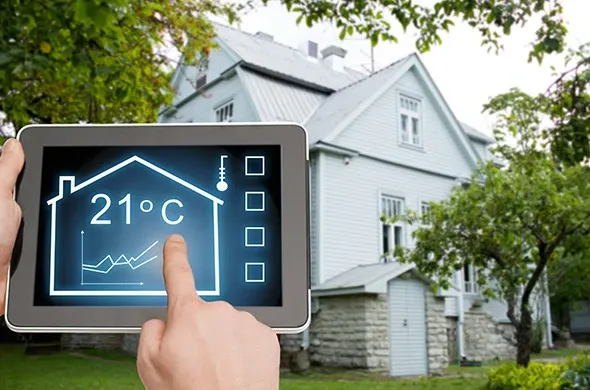Agentic AI Outpaces Growth Rates of Traditional GenAI
The enterprise agentic AI software market is set to surge from $1.5 billion in 2025 to $41.8 billion by 2030, according to Omdia.

Smart smoke and carbon monoxide detectors, wireless doorbell cameras, and keyless entry are among the top 10 smart home technologies for homeowners age 50 and older, according to new research from The Hartford and the MIT AgeLab.
“Smart home technology can make life easier for people of all ages, but it can be especially beneficial to those ages 50 and older as their lifestyles change. Keyless entry is convenient for active households, especially if there are multiple generations living under one roof. Wireless doorbell cameras can provide safety and peace of mind to families who travel or to individuals who live alone.“, said Jodi Olshevski, gerontologist and executive director of The Hartford Center for Mature Market Excellence.
The research consisted of an extensive review of 25 technologies by a panel of leading experts on housing, aging and technology. These reviews were used to identify the top 10 technologies that can make life easier, help with home maintenance, and enhance safety and security for homeowners over the age of 50. The top 10 technologies include:
“How we live has an enormous impact on our happiness and well-being. Smart home technologies offer innovative opportunities to make living easier and to help people protect their homes.“, said Joseph F. Coughlin, Ph.D., director of the MIT AgeLab.
In addition to the expert panel, The Hartford and the MIT AgeLab surveyed homeowners age 50+ to gauge their perspectives on smart home technology. The survey found that their No. 1 concern about their home is maintenance. However, maintenance was not their top choice when considering the benefits of smart home technology. They cited safety and security (49 percent), saving energy (47 percent), and making day-to-day life easy and convenient (33 percent) as the top three benefits.
“As a homeowner’s insurer that specializes in the mature market, we pay close attention to new smart home technologies and what our customers are interested in. While many homeowners associate this technology with safety and convenience, smart home devices can also help protect their homes and prevent situations that can result in costly repairs, such as burst pipes or water leaks.“, said Olshevski.
Some of the technologies on the list that can help avoid potential problems before property damage occurs and may help avoid costly repairs, include:
According to the survey, just over half (51 percent) of homeowners over the age of 50 either have smart home technology or are interested in buying it. Of those who do not currently have smart home technology but plan to purchase it or are interested in getting it, about half (49 percent) are willing to spend between $101 and $500 on it in a year.